Since the deadline is slightly over a week away—and to go along with Dan’s recent post about entering Spectrum—John Fleskes answers some questions and offers some tips.
#1 “Is there an advantage to entering my art online or by mail as a print?”
The important thing to know right off the bat is that one option does not give you an edge over the other option. Both digital and print submissions get equal attention from the judges and you have an equal chance of getting selected regardless of how you enter.
For Spectrum 21, eighty percent of the submissions came in online. Out of curiosity I paid attention to the percentage of art that was selected in both the digital and print areas to see if one had an advantage over the other. They were both right in line with one another. One method did not visibly outweigh the other.
The jury views the digitally submitted art on individual 24″ screens (not projected to the group) and the prints are presented on tables. Each jury member votes anonymously and at his or her own pace. Discussion and grouping is discouraged (with the exception of the awards selections) to keep the selection process fair and truthful. However, having the jury together in once place heightens the overall sense of responsibility and purpose to the process, ensuring that each entry is thoughtfully considered and votes carefully cast. Spectrum is the only fantastic art competition for which the judges gather under one roof at one time to make their selections. To get into Spectrum you need three or more of the five jury member’s votes: it’s not easy to get in. Historically around eight to nine percent of the submissions make it into the yearly annual.
#2 “What size should my entries be?”
Take advantage of the artwork submission guidelines by submitting good quality prints or digital files. We can’t stress this enough. We want everyone to have the best chance to be seen by the jury.
If you are submitting online take advantage of our maximum size at 2000 pixels wide and/or 2000 pixels tall. (JPG file no larger than 10MB.) Each jury member uses his or her own large screen when viewing the artwork. Make sure your art fills the screen so they can take a good look at it! Don’t send in a small postcard sized thumbnail. Take the time to prepare a proper presentation.
For submissions by mail, I recommend sending in a print out of your art no smaller than 8.5″ x 11″ and no larger than 18″ x 24″. I think the best sizes range from 9″ x 12″ to 11″ x 17″. Yes, some people send in massive poster sized images. It’s just too big. Just like art displayed too small can make it hard for the jury members to view, art too big doesn’t necessarily mean you have a better chance. The print submissions are placed out on tables for the jury members to view and vote for individually.
#3 “I’m a sculptor: can I send more than one view of my entry?”
Anyone submitting to the Dimensional category is allowed to submit up to three views of an entry (and, no, there’s no additional fee). If you are submitting a sculpture we recommend a full shot from the front, a side view and a back view or detail. We want the jury to see these multiple angles of your work so that they have adequate visual information to base their decisions. This is especially important if your art is considered for an award.Another tip for this category is our recommendation to get a clear, in focus, quality photographs. Don’t take simple, quick snaps with your phone. If you do not have a good camera then take the extra time to find someone who does, light your piece well and make sure the details are visible in the pictures that you send us.
#4 “Does my artwork have to be fantasy-related to submit to Spectrum?”
Yes: Spectrum’s focus is on “Fantastic Art,” but keep in mind that focus covers a lot of territory encompassing a sweeping range of possibilities. Fantastic Art can be very subtle or very obvious, literal or interpretive, traditional, off-the-wall, or reality-tilted-slightly-askew. Art can be painted, sculpted, created digitally or photographed. Fantastic Art chronicles places and peoples and creatures and events that aren’t or never were or might be one day. Just as there is no unacceptable way to create art, there are no carved in stone rules that say one piece qualifies while another does not. Spectrum doesn’t define Fantastic Art: what you do and what the jury selects writes the definition each year. We do not pre-screen submissions and we do not arbitrarily restrict the type of art that is submitted. We make sure every submission is viewed with fairness and an open mind by the jury. We welcome all art works in all mediums embracing the themes of science fiction, fantasy, horror, the surreal, fine art and more. Each type (and types that we may not have even thought of) is eligible for this show.


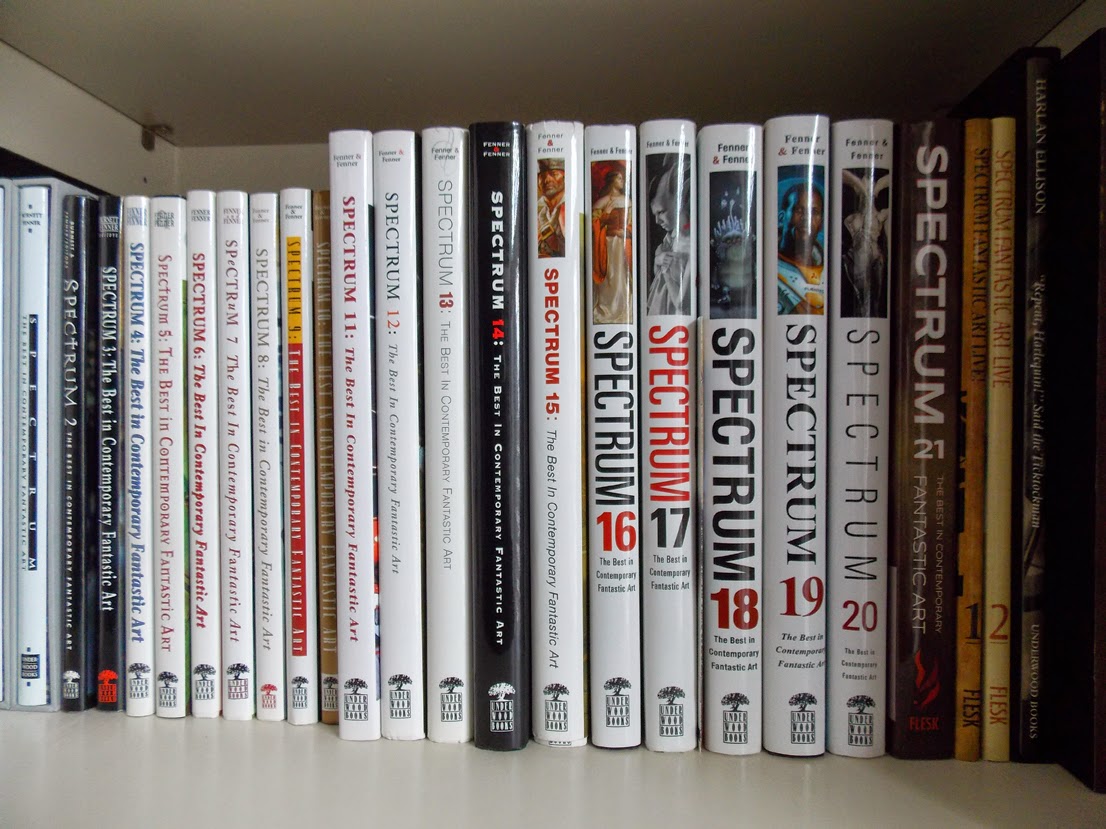
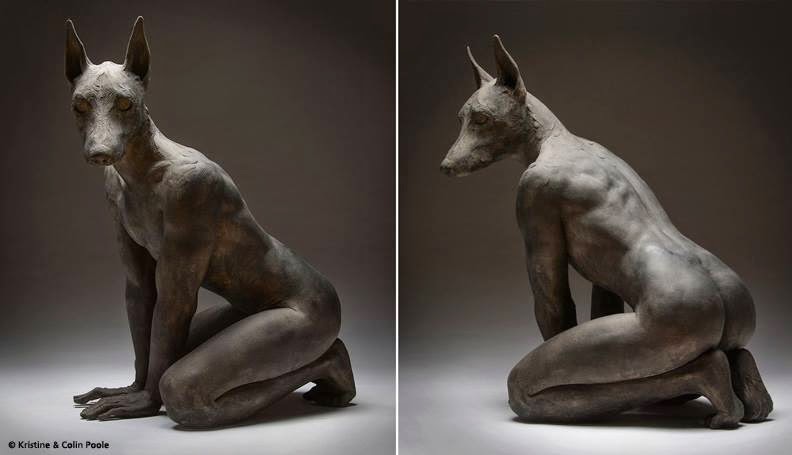

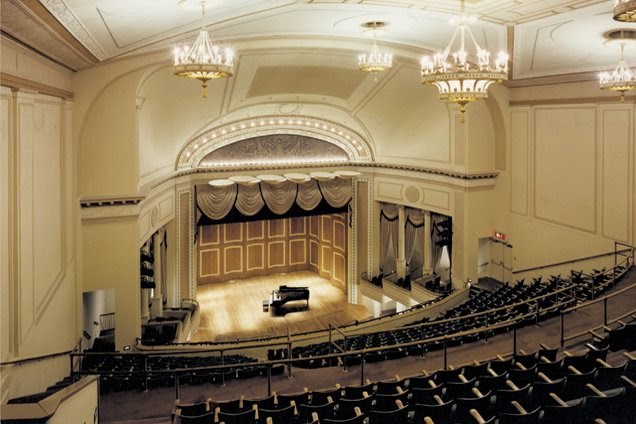
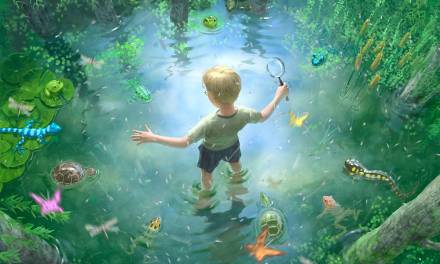
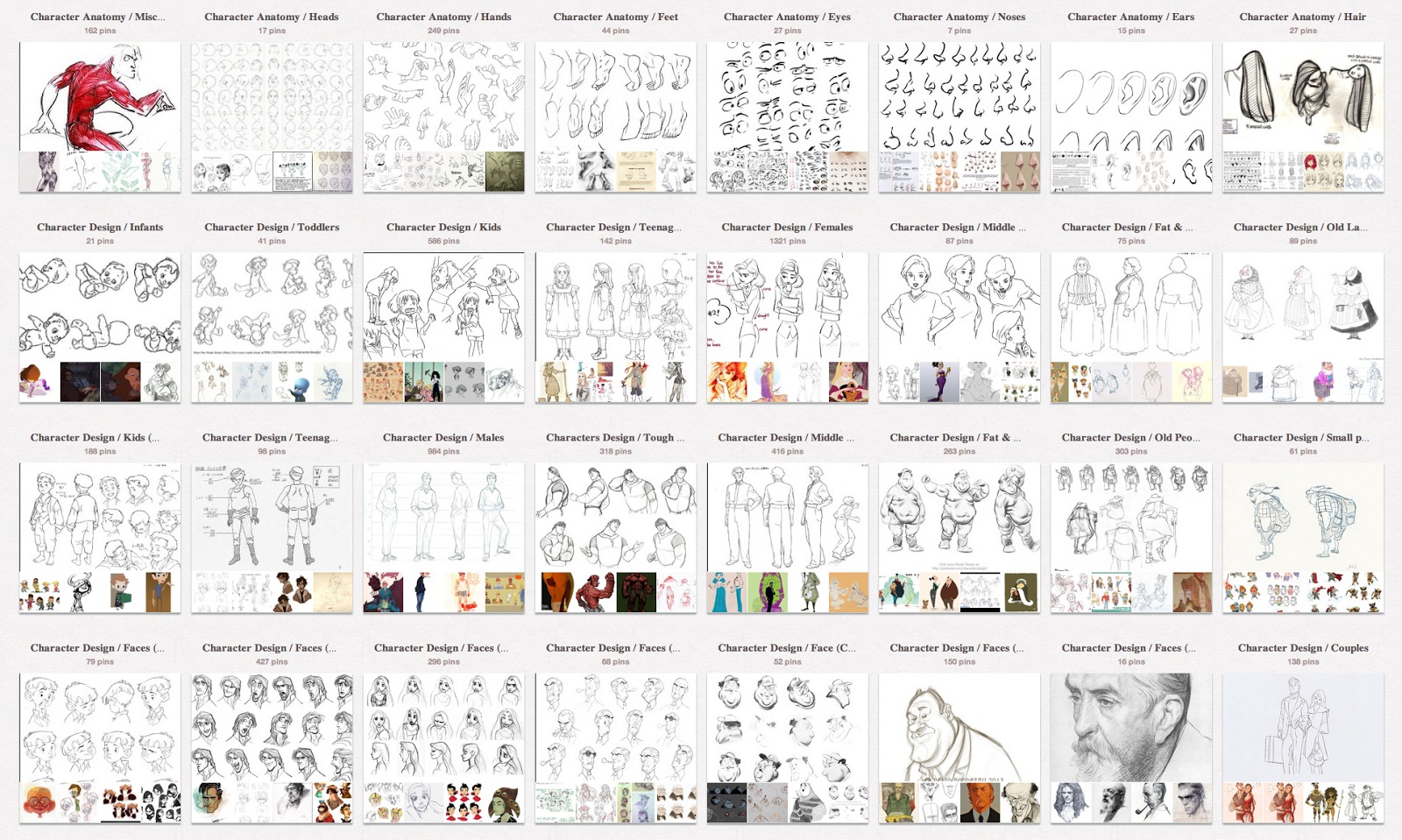
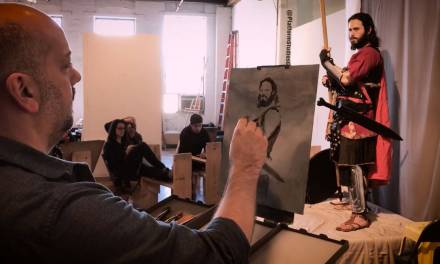
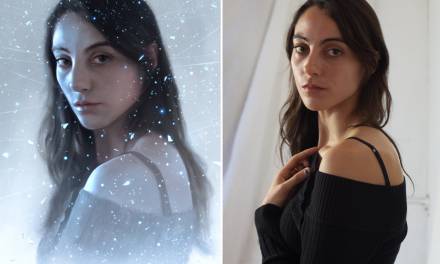

I am confused about the category code, A1 etc, what does that mean and how do I know which one to pick? I would love to at least submit a picture or 2 but I do not understand the category code system.
To clarify, there is an A form and a B form. The 'A' form just tells them how many piece you sent in and stuff. You only fill out one A form. The 'B' form accompanies each individual print, and tells them the info about that piece.
On the B forms, there is a spot for categories. A= advertising, B= Book, etc.
A1= indicates a single entry in the advertising category.
A2= indicates a series submission of multiple pieces in the advertising category.
That's it.
Letter for category,
Number for series or single.
Just don't confise the forms A&B with the categories A&B is all.
Sorry to be a pain but what is the code if the art is not published or advertising?
The entry code for the Unpublished Category is U1. If there are more than one entry that are thematically or project linked (example: you want to enter 5 drawings you've done based on, say, THE JUNGLE BOOK) that would be a “series” entry and the code on each of those would be U2.
You can see all of the codes and information by going to the website and clicking on “Categories/Codes”: http://www.spectrumfantasticart.com/entryinfo.php
If anyone encounters problems entering online, particularly if the artist is overseas, email the editor via the website: they can resolve any problems quickly and easily.
Thanks you! Sorry again for not understanding. This helped a lot!